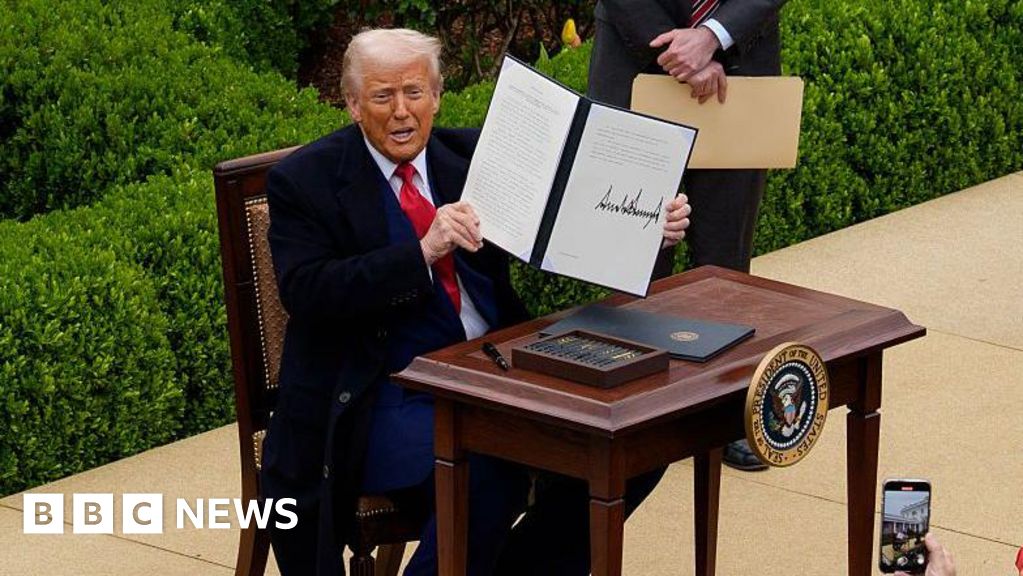Key Takeaways
- Avit is a stablecoin that Custodia Bank has been developing since 2020.
- Custodia Bank provides blockchain and crypto-related services, whilst Vantage Bank manages fiat reserves and transfer services.
- The Federal Reserve continues to deny Custodia Bank a master account, citing concerns about its crypto services.
Two American banks have successfully developed and tested the nation’s first-ever bank-issued dollar-backed stablecoin, marking yet another major turning point in U.S. banking and crypto advancements.
The development follows a string of regulatory uncertainty and crypto industry lockouts over the past five years, which now appear to be shifting favorably towards digital assets, especially stablecoins.
Dollar-Backed
As per the press release, Custodia and Vantage Bank completed testing of the first-ever U.S.-bank-issued dollar-backed stablecoin on March 24, 2025.
Issued as an ERC-20 token on the Ethereum blockchain, Avit demonstrated key efficiencies during testing, including low costs, fast transactions, and enhanced “programmability and auditability within a safe, compliant, and regulated banking environment,” the release stated.
Custodia Bank CEO Caitlin Long emphasized the regulatory breakthrough, stating:
“We broke ground on the legal/regulatory front, proving that U.S. banks can collaborate to tokenize demand deposits on a permissionless blockchain in a regulatorily-compliant manner.”
The two banks worked together to mint, transfer, and redeem Avit tokens for a bank customer.
Vantage Bank held the fiat reserves and facilitated transfers, while Custodia managed blockchain issuance, redemptions, custody services, transaction monitoring, and reconciliation through its Avit Management System.
Unlike stablecoins such as Tether (USDT) and USD Coin (USDC), which have a single issuing entity, this partnership could set a precedent for U.S. banks collaborating on blockchain-based financial products.
The Avit Stablecoin
Avit’s origins date back to 2020, when Custodia Bank—then known as Avanti Bank & Trust —unveiled plans to develop it as a cash-equivalent “stablecoin disruptor.”
Initially designed for institutional investors and corporate treasurers, Avit was positioned as a programmable, real-time payment and settlement solution.
It aimed to offer the benefits of stablecoins while avoiding the accounting and tax complications that often come with them.
The token was to be fully backed by U.S. dollar reserves.
When Avanti rebranded as Custodia Bank in 2022, Avit remained part of its roadmap.
However, Custodia’s ambitions were threatened when the U.S. Federal Reserve denied the bank a master account , citing concerns over its crypto-focused business model—including Avit.
Regulators feared that holding Avit reserves could be perceived as central bank backing, raising potential systemic risks.
Further complicating matters, revelations from “Operation Chokepoint 2.0” suggested that major banks and the Fed had coordinated efforts to block Custodia and other crypto-friendly institutions from the U.S. banking system.
Despite these challenges, Custodia has continued its legal battle against the Fed, with strong industry backing.
Now, with Donald Trump’s administration pushing to legitimize Bitcoin (BTC), crypto, and stablecoins, Custodia’s fight for regulatory clarity may be nearing a turning point.
Was this Article helpful?


















